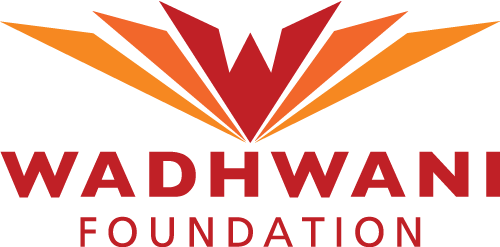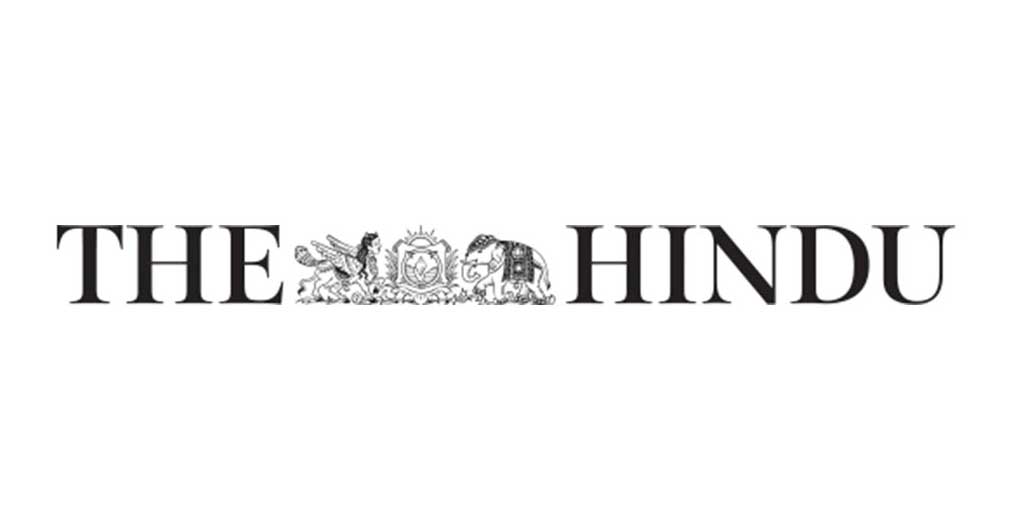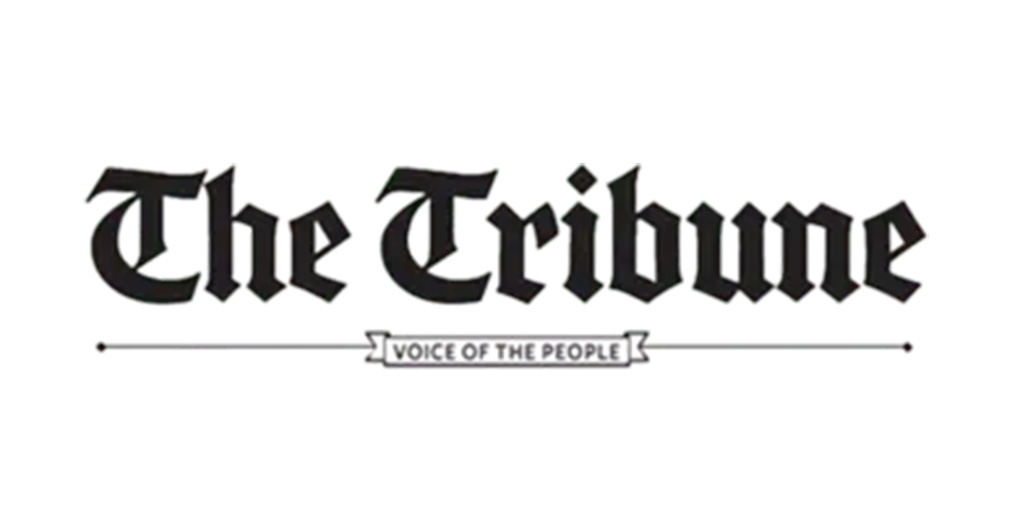Por Sanjay Xá
Quick responses (QR) codes are inescapable and rural India is not untouched by this magic as they have made payments data collection of small businesses very easy that even a financially illiterate can use this with ease, experts say
As India recovers from the deadly Covid-19 pandemic, the talks about micro, small and medium enterprises (MSMEs) have rapidly increased. Every other platform is seen talking about the hurdles faced by this sector, however, a concrete outcome of these discussions is yet to touch the ground because the industry is still struggling to find a base to move forward.
Urban India is somewhat equipped with resources, though not immune to crises, but it is rural India that bears the brunt of major events like demonetisation and the Covid-19 pandemic.
In early 2022, MSME Minister Narayan Rane in Lok Sabha cited a survey report and said that during FY21, 67 per cent of MSMEs were temporarily shut for up to three months due to Covid. More than 50 per cent of the respondent units witnessed a decrease of over 25 per cent in their revenues in 2020-21.
The five most critical problems faced by MSMEs were identified as liquidity (55 per cent units), fresh orders (17 per cent units), labour (nine per cent units), logistics (12 per cent units) and availability of raw material (eight per cent units), as per the data.
However, one thing that worked for small businesses, particularly in rural India, was the stunning penetration of digital connectivity during the Covid period. Presently, the majority of businesses in the rural belt use digital payments led by QR codes.
Following demonetisation and the pandemic, there has been a significant surge in digital payments within the rural economy. This shift in behaviour has led to various stakeholders, including agri tech platforms, urban farm-to-fork and direct-to-consumer (D2C) companies, actively participating in the value chain.
“With technological advancement, India’s rural areas have experienced positive changes,” said Sanjay Shah, Chief Operating Officer of the Wadhwani Foundation, India/South East Asia. “One example is the widespread use of QR codes by MSMEs, enabling seamless transactions, expanding their reach to a broader audience, and facilitating business growth. QR codes have brought transparency, promoted digital payments, and reduced transaction costs. Most importantly, they have connected rural areas with the rest of the world. The future of India’s rural economy looks much brighter with the widespread implementation of QR codes, as they can help MSMEs reach a broader customer base.”
As per the data (industry sources), month-on-month growth of merchant onboarding has increased from eight per cent to 23 per cent in the last 12 months. Furthermore, the rural merchant retention rate stands at 66 per cent. Additionally, the average number of transactions in rural areas has increased from less than one to five.
“MSMEs, being micro-entrepreneurs operating their businesses, often lack an institutional presence in many cases. However, the scenario is changing as banks, including public sector, private, and regional banks, increasingly embrace digital technology, particularly with the adoption of the Unified Payments Interface (UPI). QR codes, enabled through UPI and complemented by the JAM Trinity (Jan Dhan, Aadhaar, and Mobile), are leading the way in digitally including rural MSMEs. This development is not a myth but a reality,” said Ramprashanth Ganesan, Chief Strategy Officer, IppoPay.
Talking about digital payments, the State Bank of India (SBI) in a report said that the total digital payments percentage to nominal GDP has increased to 767 per cent in FY23 from 668 per cent in FY16. Additionally, retail digital payments (excluding RTGS) as a percentage of GDP have reached 242 percent in FY23, up from 129 percent in FY16.
Among all the payment modes, the Unified Payments Interface (UPI) has emerged as the most popular and preferred method in India. It has pioneered person-to-person (P2P) as well as person-to-merchant (P2M) transactions, accounting for approximately 73 percent of the total digital payments in the country.
The volume of UPI transactions has increased multifold from 1.8 crore in FY17 to 8,375 crore in FY23. The value of UPI transactions has also experienced substantial growth, rising from Rs 6,947 crore to Rs 139 lakh crore during the same period, representing a remarkable increase of 2004 times.
The SBI report said that rural and semi-urban areas are now accounting for 60 per cent of the share in UPI value/volume, dismantling the popular perception that metro/urban areas are hotbeds of digital payment adoption and innovations. The top 15 states accounted for about 90 per cent of the share in value/volume.
Even according to a survey by NeoGrowth, an MSME-focused digital lender, about 70 per cent of MSMEs believe more than half of their retail sales will be via UPI. The study titled ‘Decoding digital payments: a retailer perspective’ stated that close to 80 per cent of retailers use digital payments for customer payments due to convenience.
“As 1.4 billion people of this country move towards a cashless society, QR codes have become omnipresent across Bharat and have proven to be a powerful tool for driving economic development in India, particularly for MSMEs. With this technology, businesses are now able to expand their reach and improve their sales. As QR codes continue to gain traction, they are expected to further spur the growth and development in rural areas,” said Sanjeev Kumar, Co-founder, Executive Director and CEO, Spice Money.
The rural economy is not only about agriculture
When analysing the rural economy, it is often associated with the agriculture sector however, it is more business-led than agriculture-led. While the agriculture and allied sectors contribute approximately 17 to 18 per cent to India’s total GDP, the non-agricultural sectors, particularly MSMEs involved in manufacturing, construction, and services, contribute around 28 to 29 per cent.
With a population of 68 percent, India’s rural economy currently contributes around 46 percent to India’s GDP, with 33 percent of savings and 64 percent of total expenditure.
IppoPay’s Ganesan said that the health of rural MSMEs, similar to that of Indian agriculture, is closely intertwined with the monsoon seasons. Fortunately, India has experienced four consecutive years of normal to above-average monsoons, and it is projected to have another year of normal monsoons in 2023.
“This is crucial because rural consumption is closely tied to agricultural production. Other indicators, such as rural FMCG consumption volumes (which have shown a lower decline rate in Q4FY23 compared to previous quarters) and tractor sales, point towards an overall economic recovery in rural areas,” Ganesan added.
Struggle continues
In the recent past, various challenges such as demonetization, GST implementation, and the pandemic led to the closure of many MSMEs, along with difficulties in meeting salary expenses, resulting in layoffs. Issues like financial liquidity and debt repayment also arose.
According to a report, an estimated 5.9 percent of the gross value added (GVA) in the Indian economy, which amounts to Rs 10.7 lakh crore, is trapped in delayed payments from buyers to Micro, Small, and Medium Enterprise (MSME) suppliers.
A report by Global Alliance for Mass Entrepreneurship (GAME) with Dun and Bradstreet and Omidyar Network India highlighted that payment delays to MSME suppliers have remained endemic and an intractable problem in India for more than 15 years.
The report stated, “The problem is not new or a consequence of the pandemic. The proportion of MSME sales affected by delayed account receivables has remained consistent and stable for years before the pandemic.”
Although the economic lockdowns during this period did intensify the problem, the numbers in the preceding five years were no less alarming, it mentioned.
Experts pitched for the constant handholding of the sector and support where MSMEs could be exempted from some statutory compliances and declarations, high interest and increasing cost of raw material.
Talking about rural MSMEs, Aggarwal mentioned, “They need support in building entrepreneurship, increasing employment, enhancing financial literacy and education. For MSMEs to grow in rural India, there has to be prosperity and a sense of positivity in rural India. They need to be the torchbearers for rural entrepreneurship.”
Shah mentioned that in India, there is an option for small businesses to make safe and secure transactions. Awareness of tech solutions which are available along with a variety of incentives from the government and various cluster organisations. Furthermore, digital payment wallets allow MSMEs to operate cashless, making low-value transactions convenient.
Financial and digital literacy for rural MSMEs
Earlier, financial inclusion was as important to policymakers as it is current time. However, as India strives to become a USD five trillion economy, there is a need to boost the rural economy. The rural economy faces challenges such as a lack of banking infrastructure, widespread financial illiteracy, and limited access to formal financial services, which pose a significant challenge for merchants in rural India.
“NBFCs, banks are doing their bit to enhance financial inclusion and services like banking, lending, insurance services are being offered to unserved, unbanked population. Digital infrastructure has a major scope of development in rural areas and work needs to be done around smartphone access and knowledge to use financial applications and education on usage, avoiding frauds, building trust in digitisation,” said Sameer Aggarwal, Founder and CEO, RevFin.
Experts said that MSMEs and financial organisations need to maintain constant communication with customers to explain and explore opportunities where they can use the digital platforms across their lifestyle and for this, they can have their field agents or on-ground educators, NGOs focus on increasing financial literacy amongst men, women and youth of rural India.
“While digital financial infrastructure (DFI) has expanded access to financial services in rural areas, it alone cannot guarantee financial inclusion. The lack of digital literacy, high mobile data charges, and limited access to financial services and banking are still major roadblocks. Enhancing the inclusivity of DFIs in rural areas requires a multi-faceted approach beyond technology. It requires interventions that translate into education and training that can bridge the digital divide and strive towards true, equitable financial inclusion in rural India,” added Shah.
To achieve Prime Minister Narendra Modi‘s ambitious goal to make India a USD 5 trillion economy, it is imperative to address certain challenges faced by rural MSMEs. These challenges include the need for financial literacy training, access to credit, and technology.
According to the International Finance Corporation (IFC), India is home to 55.8 million MSMEs that employ close to 124 million individuals, with around 60 per cent of these enterprises located in rural areas.
A survey conducted by the Development Intelligence Unit and Development Alternatives in December 2022 revealed that around 44 per cent of young adults residing in rural India aspire to start their own businesses. Therefore, with the appropriate support, rural SMEs can play a significant role in India’s economic development by creating jobs, enhancing incomes, and alleviating poverty.
Read the article online here: https://www.businessworld.in/article/MSME-Sector-Decoding-Rural-India-s-Growth-Led-By-QR-Codes/25-05-2023-477940/




